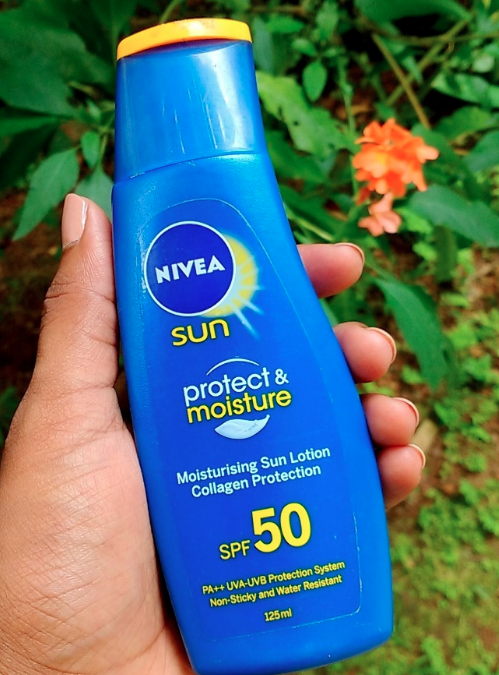
It’s important to apply sunscreen before swimming outdoors. Applying sunscreen protects you from the sun’s harmful UV rays. When you’re having fun in the water, it’s easy to lose track of time. Long-term repeated exposure to the sun without protection isn’t pretty. When you don’t how to protect your skin from the sun, there can be severe consequences.
What are the risks of not wearing sunscreen?
Not wearing sunscreen comes with plenty of aesthetic side effects. Your skin will get:
- Wrinkled
- Covered in dark spots
- Dry
- Discolored
- Leathery
This won’t feel nice or look good. So wear sunscreen to retain your youth and keep your skin soft and smooth for the rest of your life.
Now let’s get into the scary part. Frequent exposure to the causes changes in your level of collagen. It’s the structural protein of the skin. In turn, your skin ages quicker.
The sun also damages fibers in the skin called elastin. These cause the skin to break down, sag, stretch and lose its ability to go back into place safer stretching. Knowing how to protect yourself from the sun can save your skin!
According to the American Academy of Dermatology, “skin cancer is the most common type of cancer in the United States.”
People with fair skin and light eyes are at greater risk of sun-related skin damage and skin cancer. This is because it contains less melanin, which helps protect the skin from the effects of UV radiation.
Prevent sun-damaged skin by applying sunscreen before swimming. Choose a water-resistant sunscreen that has a protection factor (SPF) of 30 or above with a broad spectrum of protection against both UV-A and UV-B rays. Reapply often to avoid sweating or washing it off in the water.
When do I apply sunscreen before I go swimming?
Hopkins Medicine in Baltimore, Maryland finds that “sunscreen should be applied about 15 minutes before you go outside.” It’s easiest to do so with clean and dry skin.
Incorporate this into your skincare routine. It’s your choice whether you want to put on makeup first. Some makeup has SPF properties, but it won’t do much unless you plan on putting an ounce of foundation on your face! Give your skin ample time to soak in by applying sunscreen before leaving the house.
Hitting the water before the 15 minutes are up will wash the sunscreen off quicker. So plan ahead to avoid getting in the water too soon.
Apply a lot!
Cover your whole body with sunscreen. Your face, lips, nose, neck, back — you get the point!
Little dots won’t do much good. You should cover every bit of your skin that’s going to see sunlight. Be thorough!
One ounce of sunscreen should be applied to your skin!
Use teaspoons to measure the amount of sunscreen you apply to your skin. They aren’t just for cooking! ¼ or ⅓ is recommended for the face. This is the area of your body that’s most vulnerable to sunburns.
Re-Apply Every Hour
Waterproof sunscreen does not exist. Shocker! However, there is such thing as water-resistant sunscreen, which washes off once you start swimming.
Reapply every two hours if you’re staying on dry land. It will take that amount before a combination of sweat and absorption (through your skin) dissolve the first layer. If you go swimming, put sunscreen on every hour.
What Type of Sunscreen Do I Use?
There are two different types of sunscreen. Both protect you from UV rays. Let’s compare the two of them.
The first one is called physical sunscreen. It sits on top of the skin and reflects the sun’s rays. Choose this option if you have sensitive skin that needs more moisture. However, physical sunscreen can be harder to blend into the skin.
The other choice is chemical sunscreen. The difference here is that you don’t see this sunscreen as it absorbs into your skin. Then it turns into heat that releases the UV rays from your body. Swimmers or those playing sports should wear this sunscreen.
You should use a sunscreen that blocks UV-A and UV0B rays with an SPF of 30 or more. This Nivea sunscreen has SPF 50+. It combines strong UV-A and UV-B filters that shield the skin from sun damage. Its formula also protects the skin from the drying effects of the sun.
As mentioned in the beginning, you want to use a sunscreen that blocks UV-A and UV-B rays with an SPF of 30 or more. This Nivea sunscreen has SPF 50+. It combines strong UV-A and UV-B filters that shield the skin from sun damage. Its formula also protects the skin from the drying effects of the sun.

Learn more about how to choose the right sunscreen for your child.
Sunscreen Isn’t Your Sole Protector
Your skin can’t handle everything. It needs a break, especially if you’re going out in the sun for a long time.
Try wearing a hat with a wide brim. Some of them are even waterproof and stay secured to let you swim with them.
Consider getting yourself a light beach cover-up. Clothing can provide some UV protection. The amount of protection depends on the material color and weight of the fabric. You can still look cute on the beach with a dress or shawl!
Don’t forget the most important part! Shade! Bringing an umbrella or tent to the beach is a must when it comes to hiding away from the sun. You won’t burn with a little shelter!



